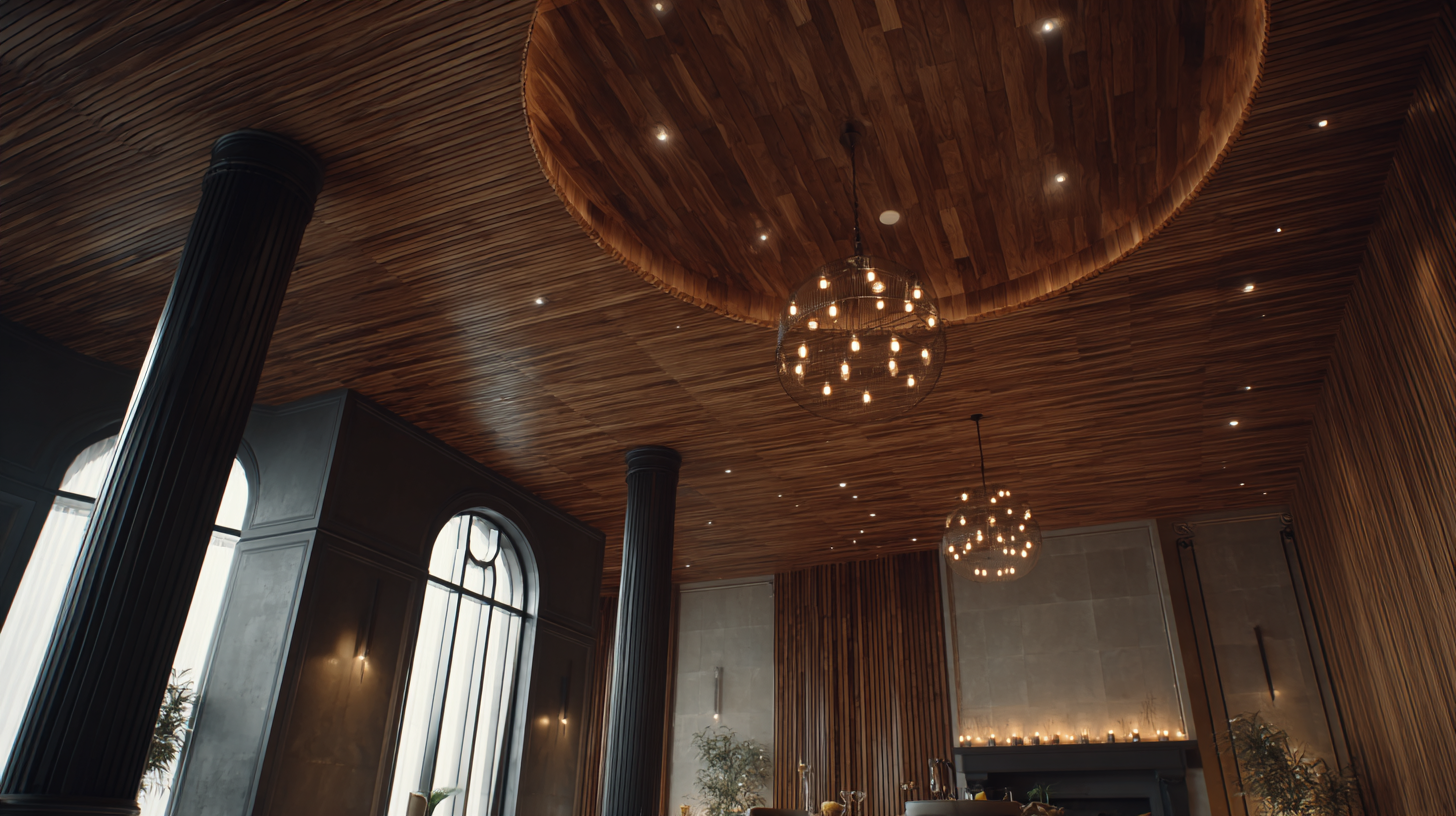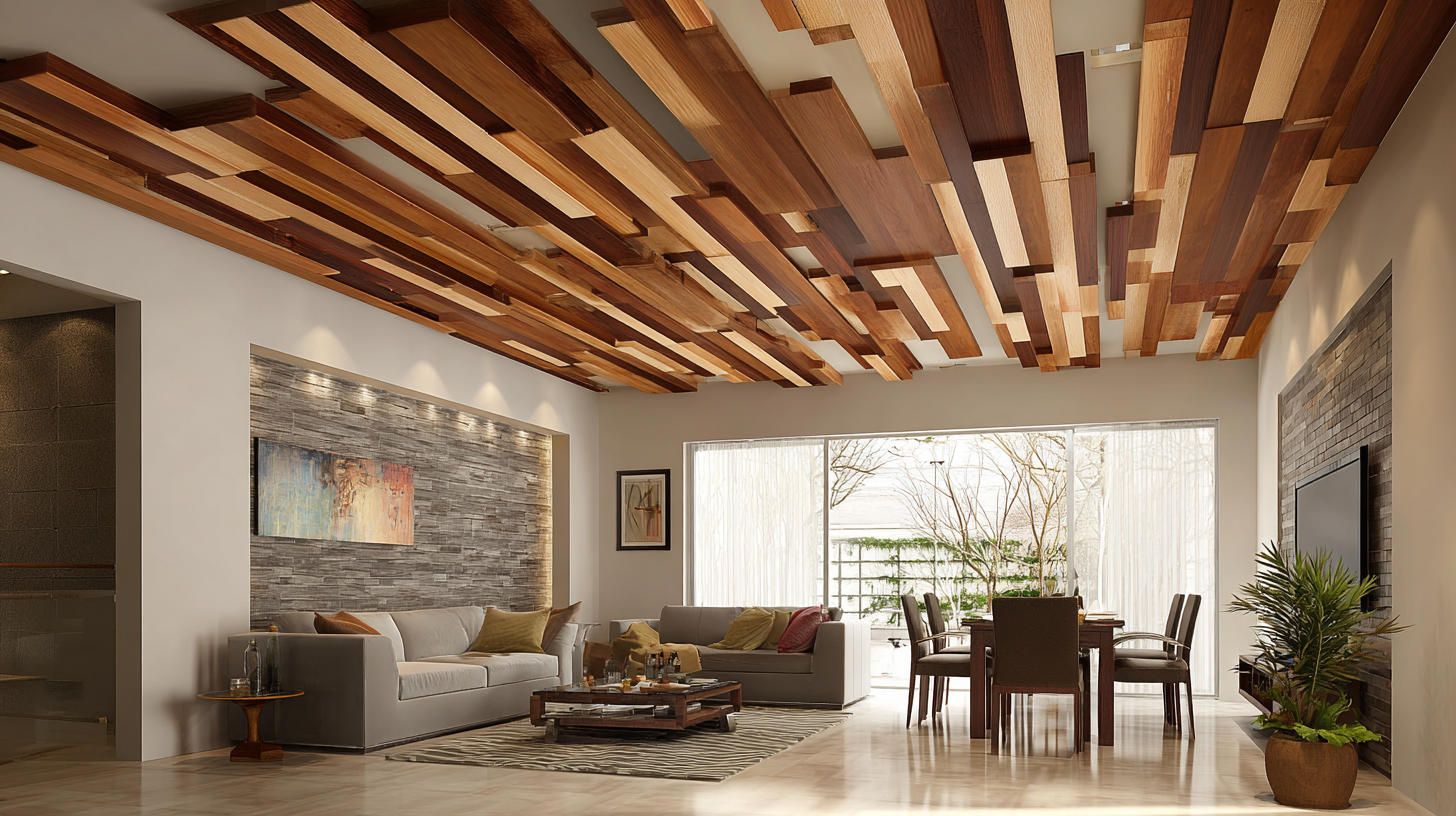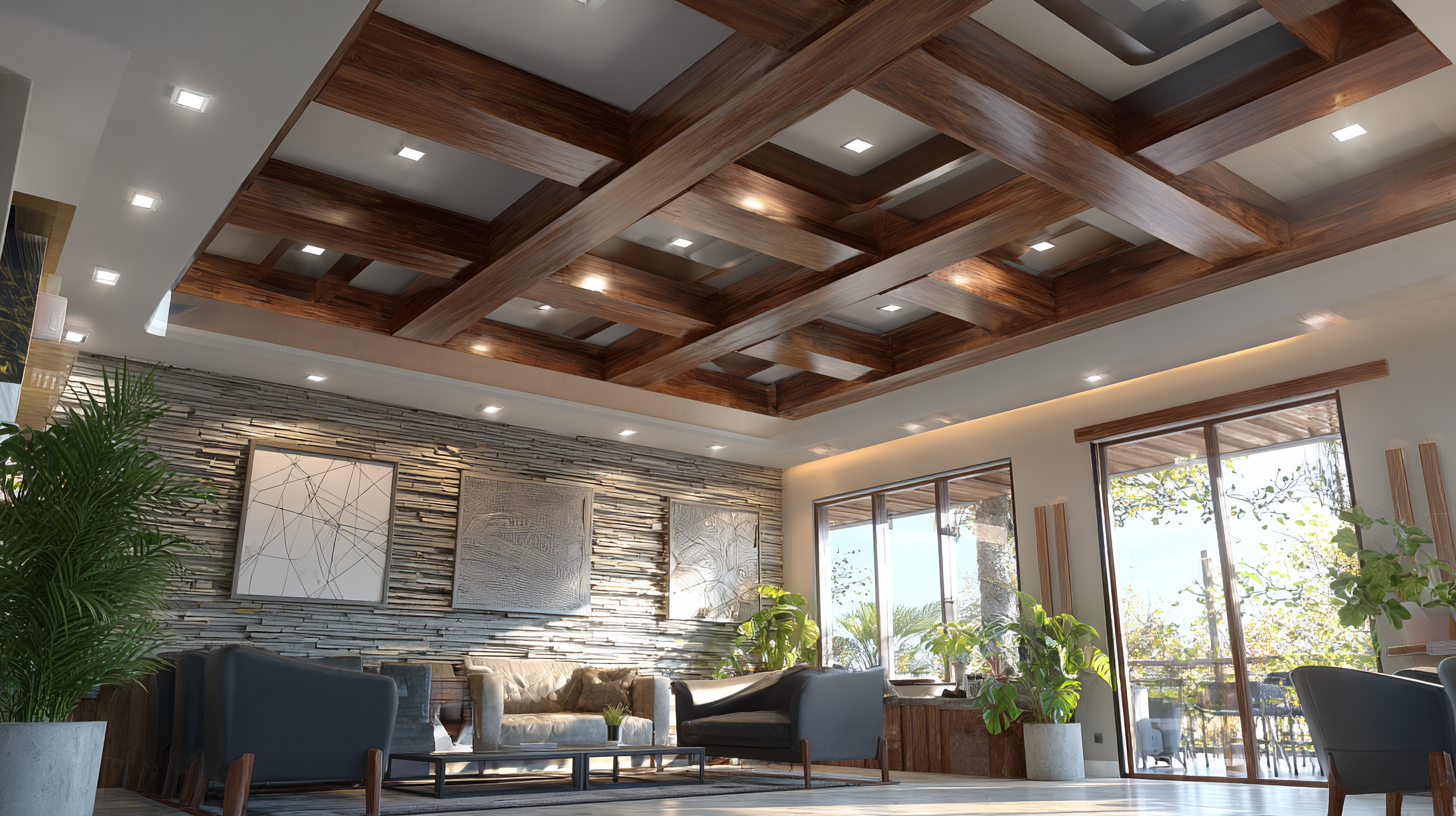
In recent years, the use of Bathroom Ceiling Cladding has gained significant traction as homeowners and designers alike seek innovative solutions to enhance both functionality and aesthetics in bathrooms. According to a report by the Home Improvement Research Institute, the global market for ceiling cladding is projected to reach $8 billion by 2025, driven by rising consumer demand for moisture-resistant and easy-to-maintain materials.

Bathroom ceiling cladding not only provides a waterproof barrier but also offers various styles and finishes to complement the overall design of the space. As sustainability becomes increasingly important, many manufacturers are now focusing on eco-friendly materials, tapping into a trend that has shown a growth rate of over 10% annually.
This blog delves into the unique features and practical applications of various bathroom ceiling cladding options, equipping readers with insights to make informed decisions for their spaces.
When it comes to bathroom ceiling cladding, the choice of materials plays a crucial role in both aesthetics and functionality. Unique materials have emerged in the market, each offering distinct advantages that enhance the overall bathroom experience.
One popular option is PVC cladding, known for its waterproof properties and ease of maintenance. This material resists mold and mildew, making it an ideal choice for humid environments while providing a sleek, modern look.
Another innovative material gaining traction is MDF (Medium-Density Fiberboard) coated with a moisture-resistant laminate. This combination provides the warmth of wood while ensuring durability against moisture damage.
Additionally, ceramic tiles have transitioned from walls to ceilings, offering a stylish and highly durable option. They not only add a luxurious touch but also provide easy cleaning and excellent moisture resistance. With these materials, homeowners can achieve a balance between beauty, practicality, and longevity, transforming the bathroom ceiling into a standout feature of the space.
The design trends in bathroom ceiling cladding are increasingly focused on the harmonious blend of style and functionality. As homes become smarter and aesthetics play a crucial role in interior design, homeowners are seeking cladding options that not only enhance the visual appeal but also offer practical benefits. According to a recent industry report from Grand View Research, the global market for ceiling materials is projected to reach USD 16.1 billion by 2025, driven largely by innovations in design and increased consumer preference for moisture-resistant materials in damp areas like bathrooms.

One standout trend is the use of PVC and composite panels, which provide a sleek, modern look while being highly resistant to humidity and mold. This aligns with findings from the National Association of Home Builders, which indicate that 68% of homeowners prioritize moisture resistance when selecting materials for bathrooms. Additionally, the resurgence of wood-look ceiling cladding caters to the growing desire for natural aesthetics, complemented by advanced treatment techniques that enhance durability. These trends illustrate how contemporary bathroom designs are not only about creating an inviting space but also about implementing smart solutions that ensure longevity and ease of maintenance.
Bathroom ceiling cladding options have become increasingly popular due to their exceptional moisture resistance and durability, making them an essential feature for any bathroom design. With humidity being a constant concern in these spaces, materials like PVC and plaster of Paris (POP) offer significant advantages. PVC, in particular, provides an outstanding barrier against moisture and is resistant to mold and mildew, ensuring that the ceiling maintains its integrity over time. According to industry reports, PVC ceilings can last up to 20 years with minimal maintenance, representing a wise investment for homeowners.
When considering bathroom ceiling cladding, it's crucial to choose materials that not only complement your bathroom’s aesthetic but also provide enhanced protection. Tips for selection include opting for materials that are treated for additional moisture resistance and ensuring proper installation to prevent water ingress. Additionally, incorporating insulation within ceiling panels can improve thermal comfort, thus enhancing the bathroom experience. For those looking to enhance both style and functionality, exploring the latest trends in ceiling designs for 2025 can yield innovative options that are both stylish and practical.
When considering bathroom ceiling cladding, eco-friendly options have become increasingly significant due to the growing emphasis on sustainability. According to a report from the Global Market Insights, the eco-friendly construction materials market is expected to reach $1 trillion by 2027, as consumers prioritize products that minimize environmental impact. Materials such as PVC-free vinyl, bamboo, and recycled wood are not only stylish but also reduce harmful emissions, making them ideal for bathroom environments where moisture levels are high.
Additionally, using sustainable materials can enhance indoor air quality, a key concern in modern bathroom designs. The Green Building Council notes that building materials contribute approximately 40% of carbon emissions in the construction sector. By opting for eco-friendly ceiling cladding, homeowners can significantly lower their carbon footprint while enjoying the aesthetic benefits of natural materials.
With innovations in production and design, sustainable options now rival traditional materials in performance and longevity, proving that environmentally conscious choices can coexist with practicality and design elegance.
When it comes to installing bathroom ceiling cladding, attention to detail is crucial for ensuring longevity and functionality. Begin by carefully measuring the area to determine the amount of cladding needed. Opt for moisture-resistant materials, such as PVC or vinyl, to prevent water damage and mold growth. Before installation, ensure the ceiling surface is clean and free from any debris. This guarantees a secure fit and enhances the overall aesthetic. Use adhesive that is specifically designed for cladding to provide a strong bond and minimize the risk of peeling over time.
Once the cladding is installed, regular maintenance is essential to preserve its appearance and functionality. Clean the surface with a mild detergent and avoid abrasive materials that could scratch the finish. Inspect the seams and corners regularly to ensure there is no moisture infiltration. Seal any visible gaps with appropriate caulk to prevent water from seeping behind the cladding. By adhering to these tips, you can enjoy a beautiful and durable bathroom ceiling that withstands the demands of a humid environment.

